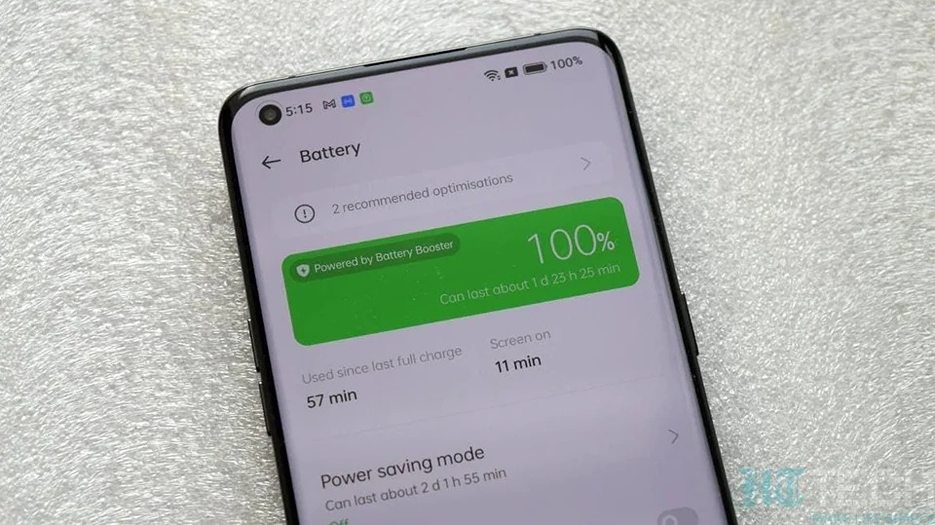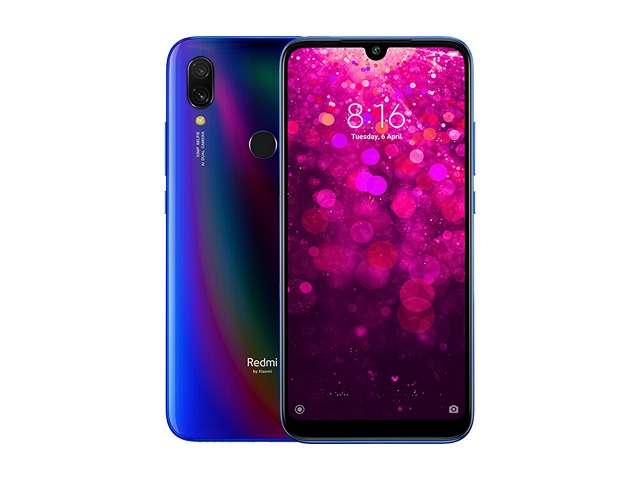More Specifications Info – Xiaomi Redmi Y3 Review
Do you wish to understand what is the meaning of NFC? Have you read Xiaomi Redmi Y3 review and flyer and noticed some fuzzy things? If you want answers to these questions, and many more about Xiaomi Redmi Y3 specifications, then you are in the right place.
After declaring Xiaomi Redmi Y3 by Xiaomi on 4/1/2019, this model has been Released 2019, April. However, this model status in the market is: Available.
When you buy Xiaomi Redmi Y3, you will gain a 12 MP, f/2.2, 1/2.9″, 1.25µm, PDAF rear camera and 5 MP selfie camera. it Also has 32GB 3GB RAM, and 4000 mAh battery life (the more mAh value gives more strength to the battery).
Xiaomi Redmi Y3 comes with Corning Gorilla Glass 5 as a display protection that is intended to save the screen when the phone falls on hard and rough surfaces, and with 6.26 inches, 97.8 cm2 screen size.
Xiaomi Redmi Y3 comes with the following OS and chips:
* Android 9.0 (Pie), planned upgrade to Android 10, MIUI 12 operating system,
* Qualcomm SDM632 Snapdragon 632 (14 nm) Chipset
* Octa-core (4×1.8 GHz Kryo 250 Gold & 4×1.8 GHz Kryo 250 Silver) Processor.
To understand the meanings of device specifications, continue browsing this Xiaomi Redmi Y3 review.
Xiaomi Redmi Y3 Review of The Body Features
When planning to buy a new smartphone, the body parameters must be taken into consideration. These physical characteristics include body size, weight, and build. You can read Xiaomi Redmi Y3 review in terms of the body characteristics in the lines that follow.
* Body Dimensions: 158.7 x 75.6 x 8.5 mm (6.25 x 2.98 x 0.33 in) which mean height, width, and thickness (depth) respectively.
* Body Weight: 180 g (6.35 oz).
For cellular phones, a weight between 140g to 170g is considered suitable and appropriate for most customers.
* Body Build: Glass front (Gorilla Glass 5), plastic back, plastic frame.
The following body types of the cellular phones are available:
* Metal. Due to the fact that it is made of metals, it is the most powerful in terms of saving the mobile phone’s internal parts.
* Plastic. This kind could be more durable than metal because it doesn’t flex. Additionally, because it doesn’t break easily, it has a longer operating life than a glass one.
* Glass. This kind of cellular phone’s body looks more polished and attractive, despite the fact that the fragile nature of glass makes it more breakable.
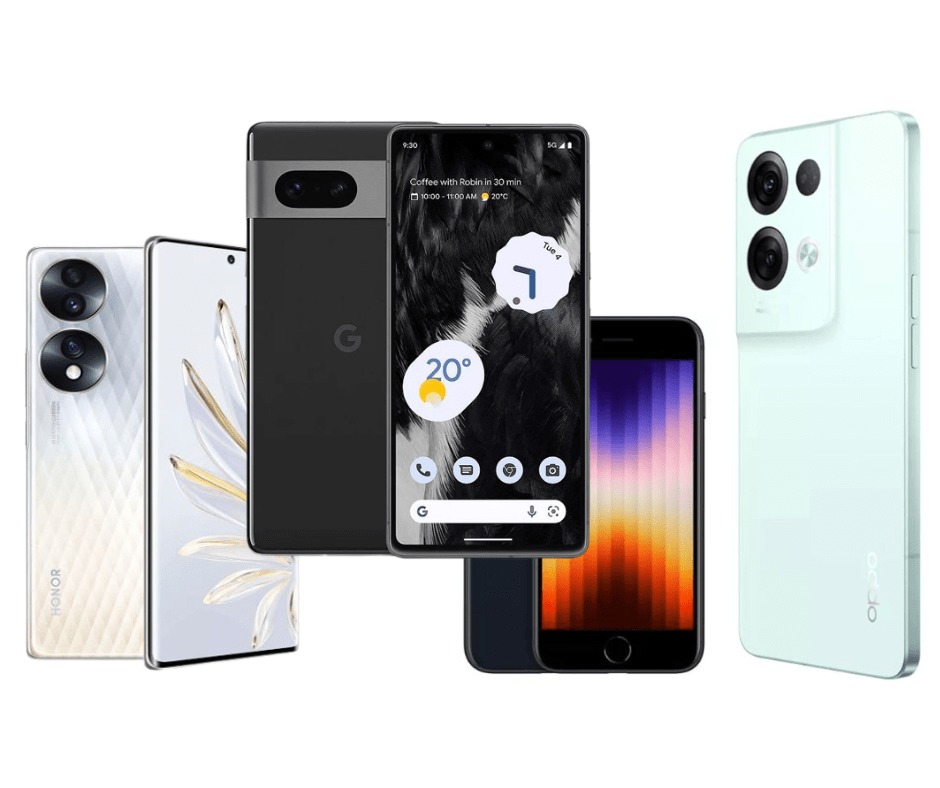
Read Xiaomi Redmi Y3 Review To Know Its Colors
No color is superior to any other for the mobile phones case, but it depends on two factors: the first one is your personal taste, the second is the type of work you do.
Xiaomi Redmi Y3 comes in the following colors: Elegant Blue, Bold Red, Prime Black.
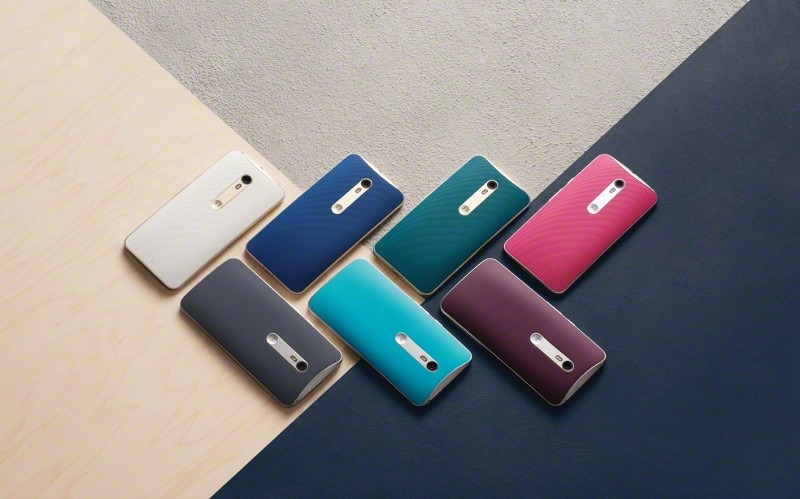
Xiaomi Redmi Y3 Review of The Display specifications and Quality
As mobile phones innovations evolve quickly, it is hard to identify any cellphone or combination of characteristics as the best. This applies to the quality and specs of the screen. In fact, choosing it depends on your preference and the areas in which you use cellular phones. In the following lines, we will represent the major screen features of Xiaomi Redmi Y3
Display Type: IPS LCD – Always select a screen type that gives real black and more vivid colors.
Display Size: 6.26 inches, 97.8 cm2 – The common standard screen size of cellular phones now averages between 4.7 and 6.5 inches.
Screen To Body Ratio: (~81.5% screen-to-body ratio). It gives the percentage of how much of the front side is covered by the screen.. Smartphones that have the largest screen to body ratio look delicate and give it a premium look.
Display Ratio: 19:9 ratio. the Aspect ratio is the relevance between the height and width of the smartphone screen. Taller aspect ratios like 19.5:9 is coming with the most modern smartphones, and it is suitable for web browsing, and other portrait orientation apps.
Display Resolution: 720 x 1520 pixels. It is the clarity of an image video in details and sharpness. The pixel resolution for high definition screens is 1920 x 1080.
Display Density: (~269 ppi density). It is the number of physical pixels per inch on a screen, and is measured in Pixels Per Inch (ppi).
Display Protection: Xiaomi Redmi Y3 comes with the following display protection:
* Corning Gorilla Glass 5
* Corning Gorilla Glass 5.
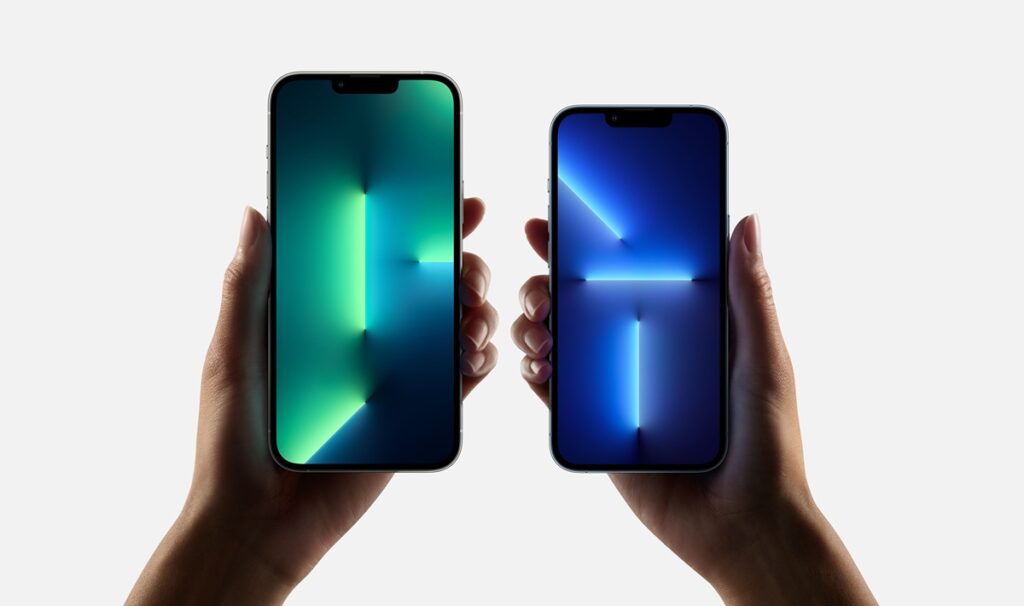
Camera characteristics- Xiaomi Redmi Y3 Review
In the following lines, you will find Xiaomi Redmi Y3 review about the main cameras.
* Main Camera Single: {12 MP, f/2.2, 1/2.9″, 1.25µm, PDAF}.
The following lines explain some of the symbols included in the camera specifications:
MP (Megapixels) is the resolution of the image taken by a smartphone.
(f value) is the aperture of a lens indicates how much light it lets in. A bigger aperture lets in more light, and vice versa..
(mm value) This measurement is of the lens’s focal length, which affects the final image that is produced by your camera.
AutoFocus (AF) is the function of a camera to automatically focus on a subject.
* Main Camera Dual: 2 MP, (depth)
The main camera features are as follows:
HDR, panorama, 1080p@30/60fps, gyro-EIS main video camera.
In the following lines, you will find Xiaomi Redmi Y3 review of the selfie camera:
* Selfie Camera Single: 5 MP
The main camera characteristics are:
4K@30fps Selfie video camera.
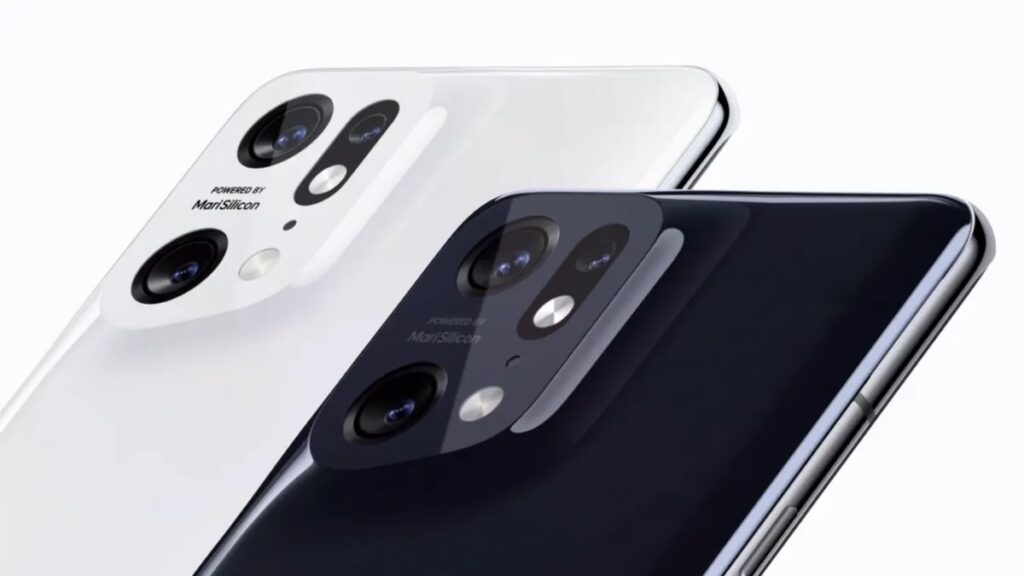
Important Details About The SIM – Xiaomi Redmi Y3 Review
A SIM card, also known as a Subscriber Identity Module, is a smart card that stores information including user identity, phone number, network authorization data, personal security keys, and contact lists. A SIM card connects a smartphone to a specific mobile network to use its features, like making calls, connecting to internet services such as 3G, 4G LTE (please refer to Xiaomi Redmi Y3 3G or Xiaomi Redmi Y3 4G articles ) and 5G, or sending SMS messages. Please note that its possible to use your cellphone without SIM card as a personal assistant device.
This mobile phone model comes with Dual SIM (Nano-SIM, dual stand-by) card. For more info, refer to How to insert SIM card in Xiaomi Redmi Y3 article.
Here are the common SIM card types:
* Nano SIM. It is the smallest removable SIM card size, so it is the most modern one (other than eSIMs, which we’ll read about it very soon) and it’s used by the vast majority of modern cellphones.
* Micro SIM. They have a slightly larger chip, and they haven’t been utilized too often lately.
* Standard SIM (Mini SIM). It is the biggest SIM card size in use, and it’s the most rarely used.
* eSIM. It is an embedded SIM card, i.e., you can’t take it off of your cellphone.
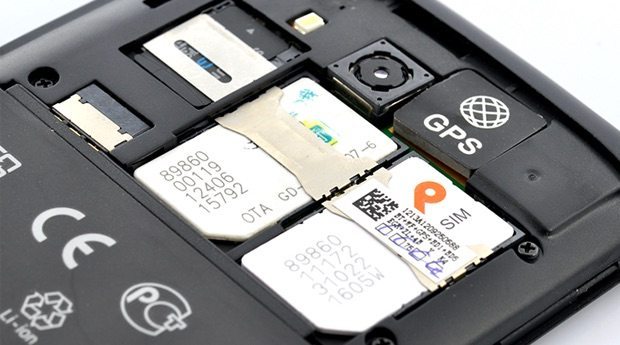
The Performance – Xiaomi Redmi Y3 Review
This model has Qualcomm SDM632 Snapdragon 632 (14 nm) chipset.
Advanced embedded chipsets in mobile phones allows the performing of many different tasks depending on their programming. They are built-in as part of the complete device including hardware and mechanical components. The most famous chipset types are: QUALCOMM Snapdragon, INTEL ATOM, and MEDIATEK CHIPSETS..
Xiaomi Redmi Y3 has Octa-core (4×1.8 GHz Kryo 250 Gold & 4×1.8 GHz Kryo 250 Silver) CPU.
CPU (Central Processing Unit) performance is necessary for the daily user experience. Thus, the higher the number of cores, and the higher the number of processing speed the better the performance will be..
Xiaomi Redmi Y3 has the following GBU (Graphics Processing Unit): Adreno 506.
This chip is responsible for handling all graphics jobs. Actually, Users are now more familiar about the various GPU chip models included in mobile chipsets and occasionally take their performance into account when making purchases.
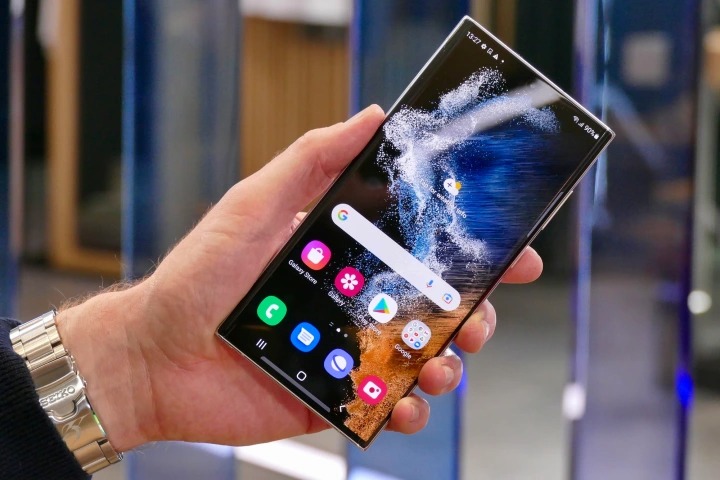
Xiaomi Redmi Y3 Review of the Storage Specs and Capacity
The amount of storage that a new cellular phone offers is one of the main decision considerations.. Actually, Xiaomi Redmi Y3 comes with microSDXC memory card slot, and the following internal memory: 32GB 3GB RAM – 64GB 4GB RAM
There are two types of phone’s memory:
Internal: It is integrated inside the phone, and can’t be extended. These days, most smartphones come with internal storage of at least 32GB or 64GB and a few high-end models feature 256GB or 512GB.
External: It is a removable SD card used as an extra storage to save photos, music, videos, etc., regardless of the kind of SD card slot.
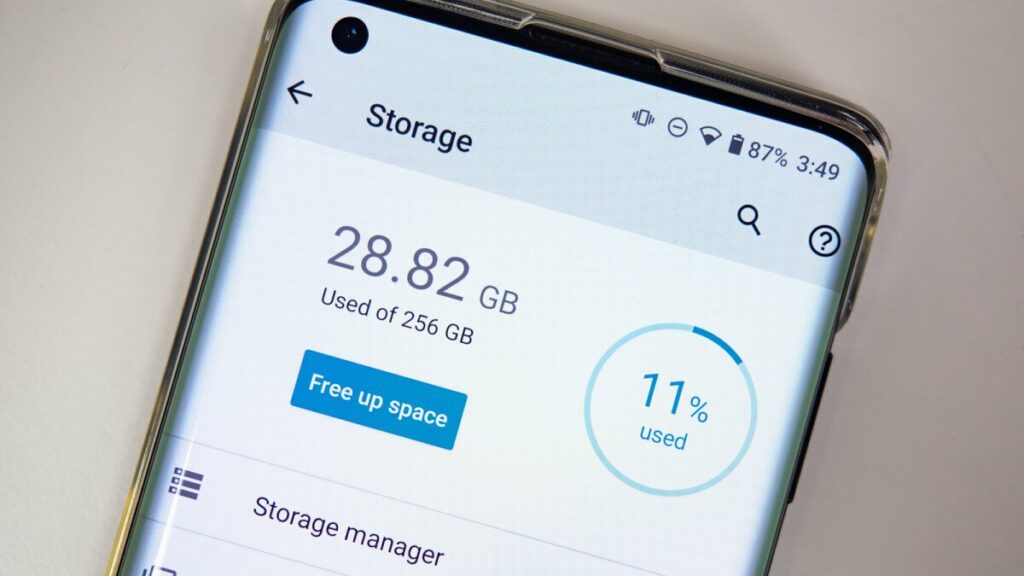
Mobile Networks and communication – Xiaomi Redmi Y3 Review
Mobile networking is a term used to describe technologies that can support wireless voice and/or data network connections. Three types of mobile networks are available: 3G, 4G (LTE), and 5G. Most modern cellphones support all networks. However, 5G has been innovated with an extended capacity to enable next-generation user experiences, support innovative deployment models, and give more enhanced services.
Xiaomi Redmi Y3 supports the following networks: 3G. For more info, refer to Xiaomi Redmi Y3 3G article. – 4G. For more info, refer to Xiaomi Redmi Y3 4G article.

Xiaomi Redmi Y3 Review – Available Wireless Connections
This model includes the following wireless communications:
* WLAN connection: {Wi-Fi 802.11 b/g/n, Wi-Fi Direct, hotspot}. Wireless Local Area Network depends on Wi-Fi to connect to the home or office wireless network using the local router and provides Internet access.
* Bluetooth connection: {4.2, A2DP, LE}. It is a common wireless communication protocol used to connect two devices together over short ranges, allowing them share data between different devices.
* GBS connection: {Yes, with A-GPS, GLONASS, GALILEO}.Global Positioning System allows smartphone to locate any position you need.
* USB connection: {microUSB 2.0, USB On-The-Go}.Universal Serial Bus is wired technology that allows users to connect two devices, such as a smartphone with a PC, to either transfer data or to charge the connected device.
* Features Sensors: {Fingerprint (rear-mounted), accelerometer, gyro, proximity, compass}. The sensor is a device that detects and majors the changes in the nearby environment such as ambient light and motion.

The Operating System – Xiaomi Redmi Y3 Review
This model comes with {Android 9.0 (Pie), planned upgrade to Android 10, MIUI 12} operating system.
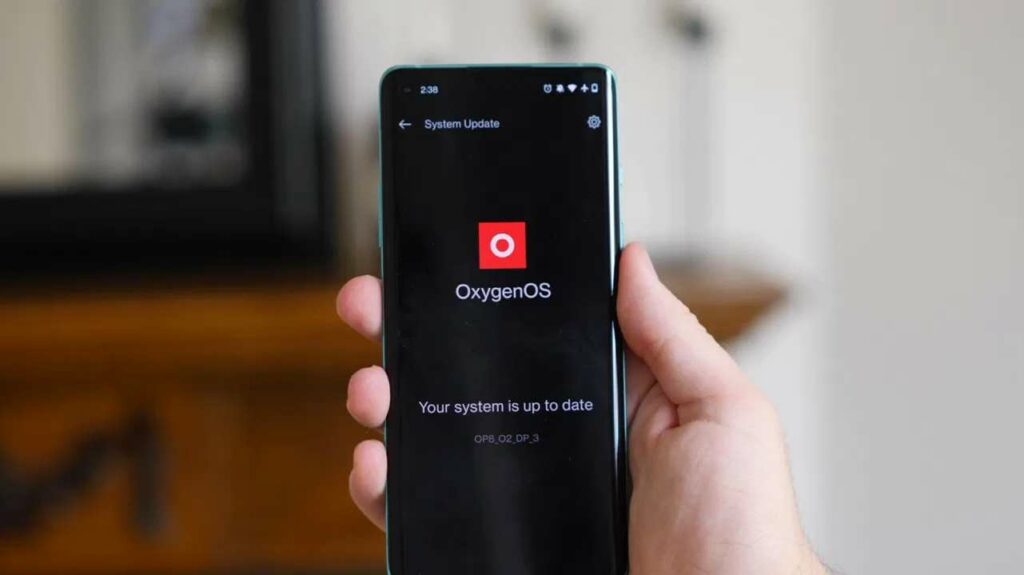
Battery Main Specifications – Xiaomi Redmi Y3 Review
Nothing is more crucial than the battery of the mobile phone that keeps these devices running and granting daily life functioning. In the following lines, you will find Xiaomi Redmi Y3 review of its primary battery.
* Battery Technology: {Li-Po}.
* Xiaomi Redmi Y3 comes with {non-removable} battery.
* Battery Capacity: {4000} mAh. It refers to the amount of storage volume a specific battery can provide. A battery with 3100 mAh capacity rating could supply a current of 3100 mA for one hour. Higher mAh ratings for the same battery kind will usually mean more working time.
